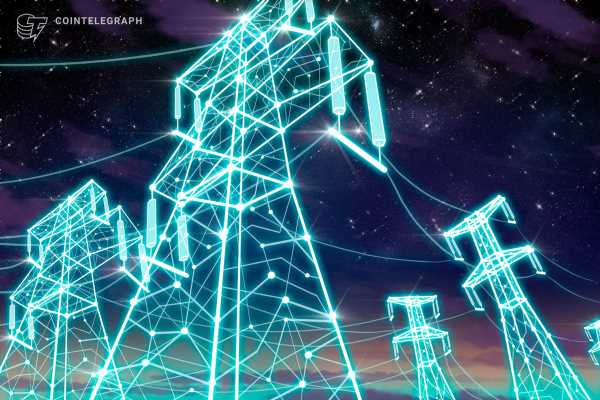Artificial intelligence (AI) and machine learning (ML) are demanding huge amounts of computing resources as interest in the space grows, but conventional Bitcoin (BTC) miners are not jumping on the bandwagon just yet.
Speaking to Cointelegraph journalist Joe Hall at Web Summit 2023 in Lisbon, Portugal, Heatbit founder Alex Busarov believes that mining farms, data centers and small-scale computing power providers are far more clued up on Bitcoin mining than the nascent AI and ML infrastructure space.
“The reason for that is when people talk about AI, that’s normally the actual application side of AI; it can speak for you, or it can create your voice or whatnot, but people don’t really think of the compute side of AI as much,” Busarov explains.
Busarov’s Heatbit company has pioneered heating hardware devices that simultaneously mine Bitcoin and generate heat to warm homes. The Bitcoin-mining heaters feature a circuit board that is capable of mining BTC as well as being used for AI training and computing resources.
Related: ‘107,000 GPUs on the waitlist’ — Io.net beta launch attracts data centers, GPU clusters
Web Summit, which has attracted more than 70,000 people to Lisbon annually in recent years, provided an opportunity for Busarov to expand Heatbit’s original BTC-centric focus to its ability to be used as an AI training resource.
Part of the company’s marketing strategy is focused on the negative perception of Bitcoin mining’s energy usage.
While conceding that the BTC-heaters are playing their part in innovating Bitcoin mining by allowing it to be a secondary heating source in colder climates, Busarov believes AI computing may soon garner a similar negative perception as the industry continues to demand hardware resources.
“I think AI is going to overtake Bitcoin mining with all the headlines like, “AI training is using more energy than this in this country” quite soon. They’re going to need devices like ours, just with AI training chips.”
Heatbit’s hardware already caters to providing AI and ML resources. Still, Busarov also believes that the wider GPU and ASIC infrastructure ecosystem might not necessarily shift away from Bitcoin and cryptocurrency mining endeavors just yet.
“I think what sticks with people is actually Bitcoin mining. I think they actually understand Bitcoin mining computing a lot better than AI training computing.”
The Heatbit founder also believes that home mining might become more viable again in the future, given that the level of hardware precision involved in large-scale mining means that competition comes down to the cost of energy:
“Who’s got the cheapest cost of energy? Well, the one who doesn’t have to pay for the cost of energy.”
Busarov says combining mining with additional functions like heating and cooling leads to zero energy costs for the mining itself.
“That’s why I think it’s going to go back to home mining, for economic reasons, through applications like ours.”
As Cointelegraph recently reported, demand for AI computing resources is rising. Innovative startups like io.net are leveraging blockchain solutions to power networks that source GPU computing power from geographically diverse data centers, cryptocurrency miners and decentralized storage providers to power machine learning and AI computing.
Magazine: The truth behind Cuba’s Bitcoin revolution: An on-the-ground report
Source: Read Full Article
-
Circle denies claims of illicit financing and ties to Justin Sun
-
Solana’s TVL Was Propped By Two Brothers Creating Multiple Fake Online Accounts In A Sham DeFi Ecosystem
-
Shiba Inu Flips Tron (TRX) As SHIB's Metaverse Gathers Pace
-
Cardano Reveals State of 3 Critical Indicators to Trigger the Long-Awaited Vasil Upgrade
-
Apple MacOS malware targets crypto community and engineers

